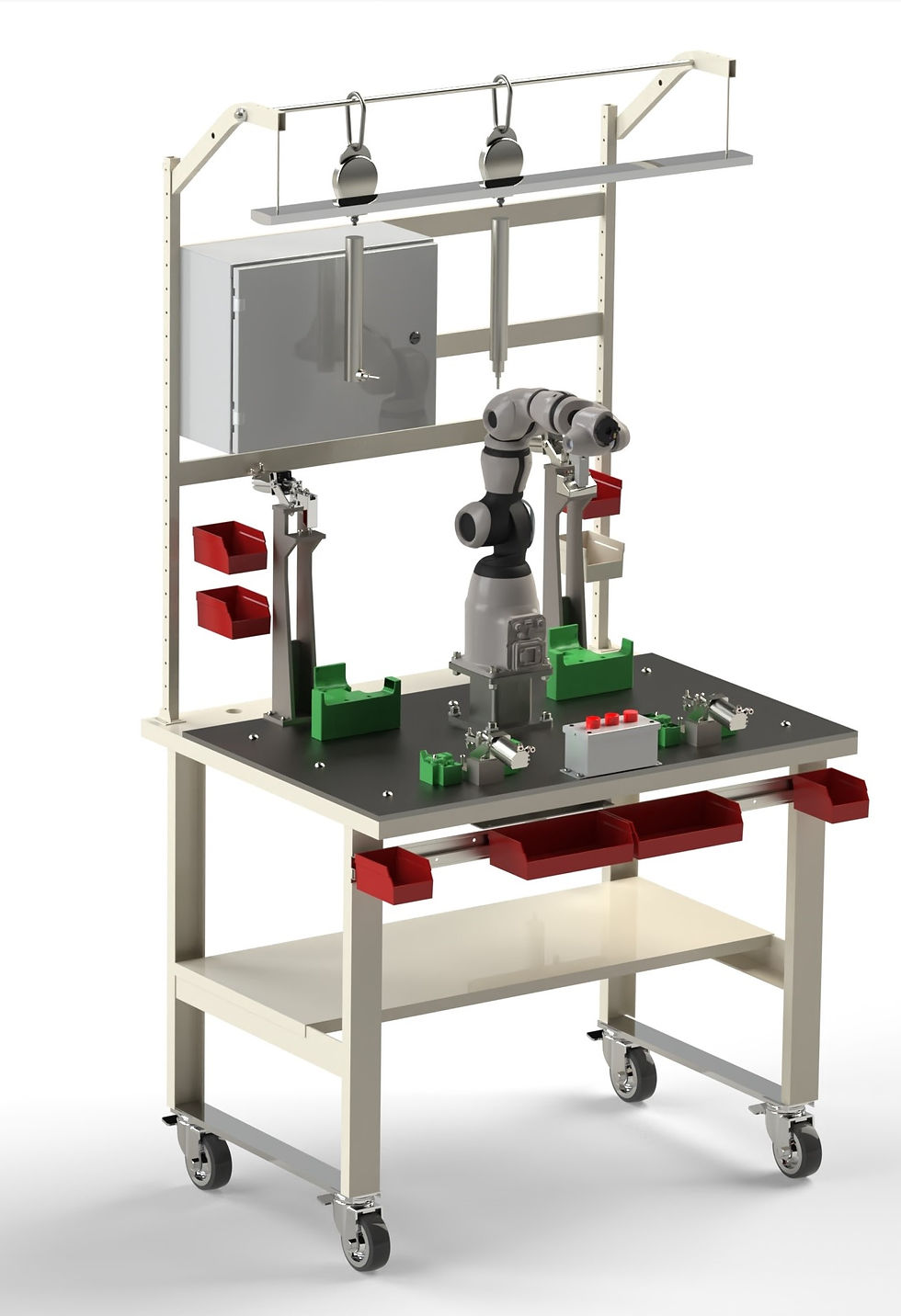How to perform a dynamic stress analysis
- jackieolinger
- May 17, 2023
- 2 min read
Analysis Series: Dynamic Stress Analysis
When a structure or system involves movement, such as a cyclical loading pattern, dynamic analysis becomes an important part of ensuring a safe, durable design. Failing to account for the effects of moving parts can risk the design life of the structure or the safety of operators.

Performing a Dynamic Stress Analysis
Dynamic stress analysis is a method used to evaluate the behavior of a structure or system under dynamic loads, such as vibration or impact. Here are the general steps involved in performing a dynamic stress analysis:
Define the load conditions: The first step in performing a dynamic stress analysis is to define the load conditions that the structure or system will be subjected to. This includes the frequency and amplitude of the loads, as well as any other environmental factors that may affect the system's performance.
Model the structure or system: The next step is to create a mathematical model of the structure or system that will be analyzed. This model should include all of the relevant masses, as well as geometric and material properties of the structure or system.
Perform a modal analysis: A modal analysis involves determining the natural frequencies and modes of vibration of the structure or system. This information is used to determine which frequencies and modes are most critical to the system's performance.
Perform a time-history analysis: A time-history analysis determines the dynamic response of the structure or system to the loads that have been defined. This can be done using techniques such as the finite element method (FEM).
Analyze the results: Once the time-history analysis is complete, the results can be analyzed to determine the stresses and strains that occur in the structure or system as a result of the dynamic loads. This information can be used to identify potential problem areas and to optimize the design.
Validate the analysis: The analysis can be validated by comparing the results with experimental data or physical testing.
Optimize the design: Based on the results of the dynamic stress analysis, the design of the structure or system can be optimized to ensure that it can withstand the loads it will be subjected to while minimizing the weight and cost of the structure.
Working with an Analyst
KTM provides analysis services to a variety of industries and for a wide range of applications. It's worth noting that this is a high-level summary of the process and there are many more details and specific steps that must be taken into account to perform a dynamic stress analysis depending on the type of structure or system, the loading conditions and the software used. Contact us to begin a conversation about the specifics of any project needing dynamic analysis.





Comments